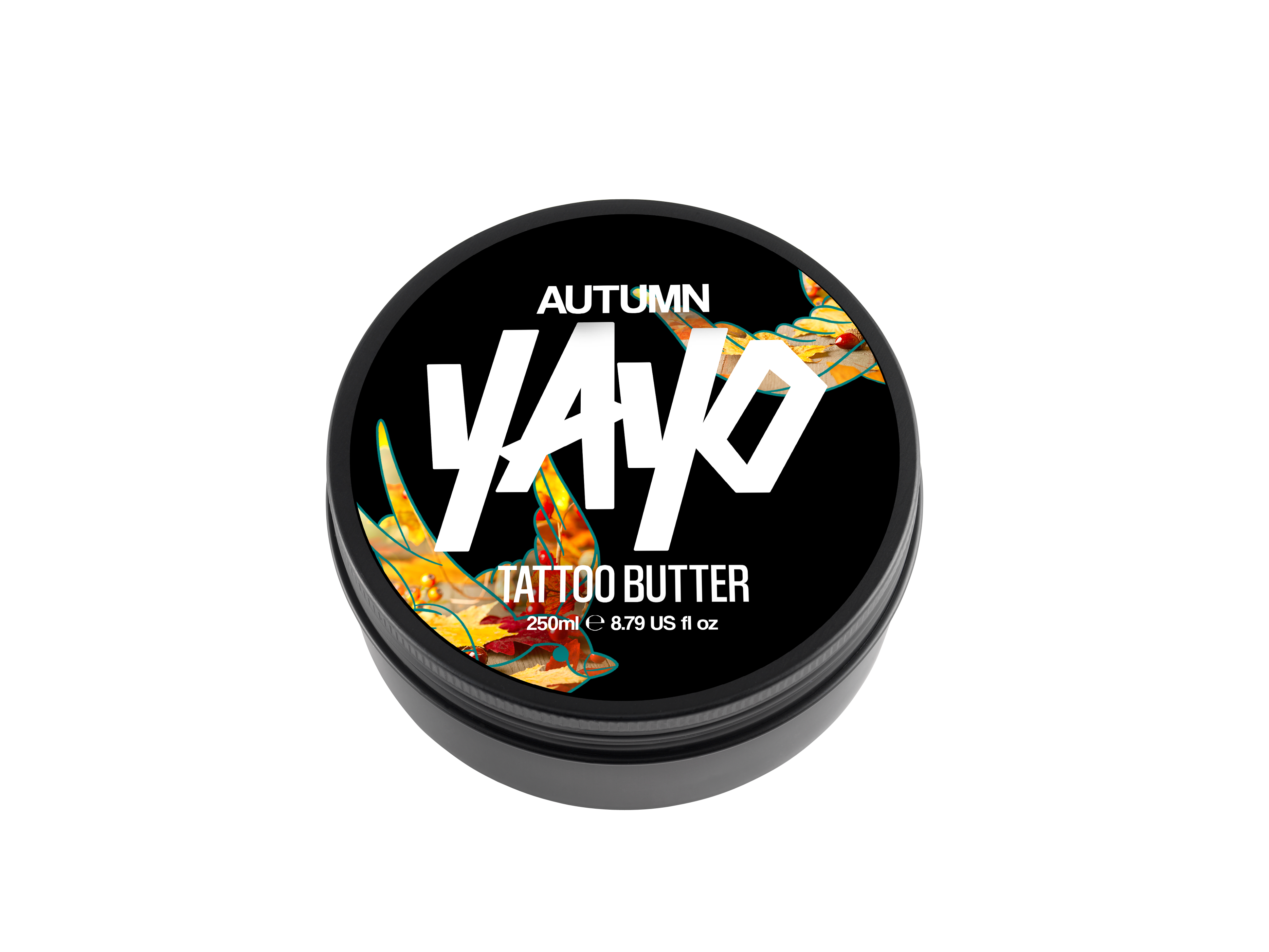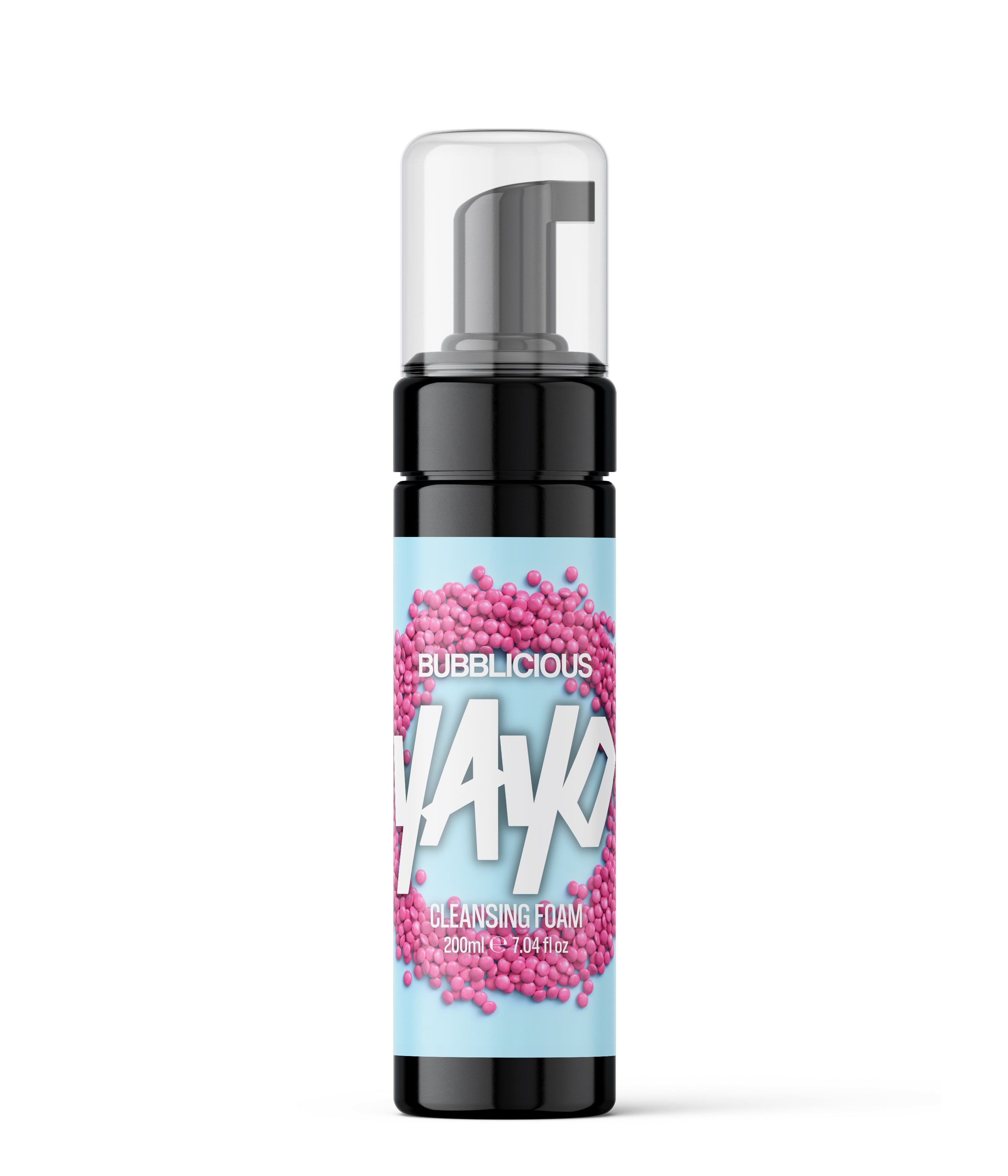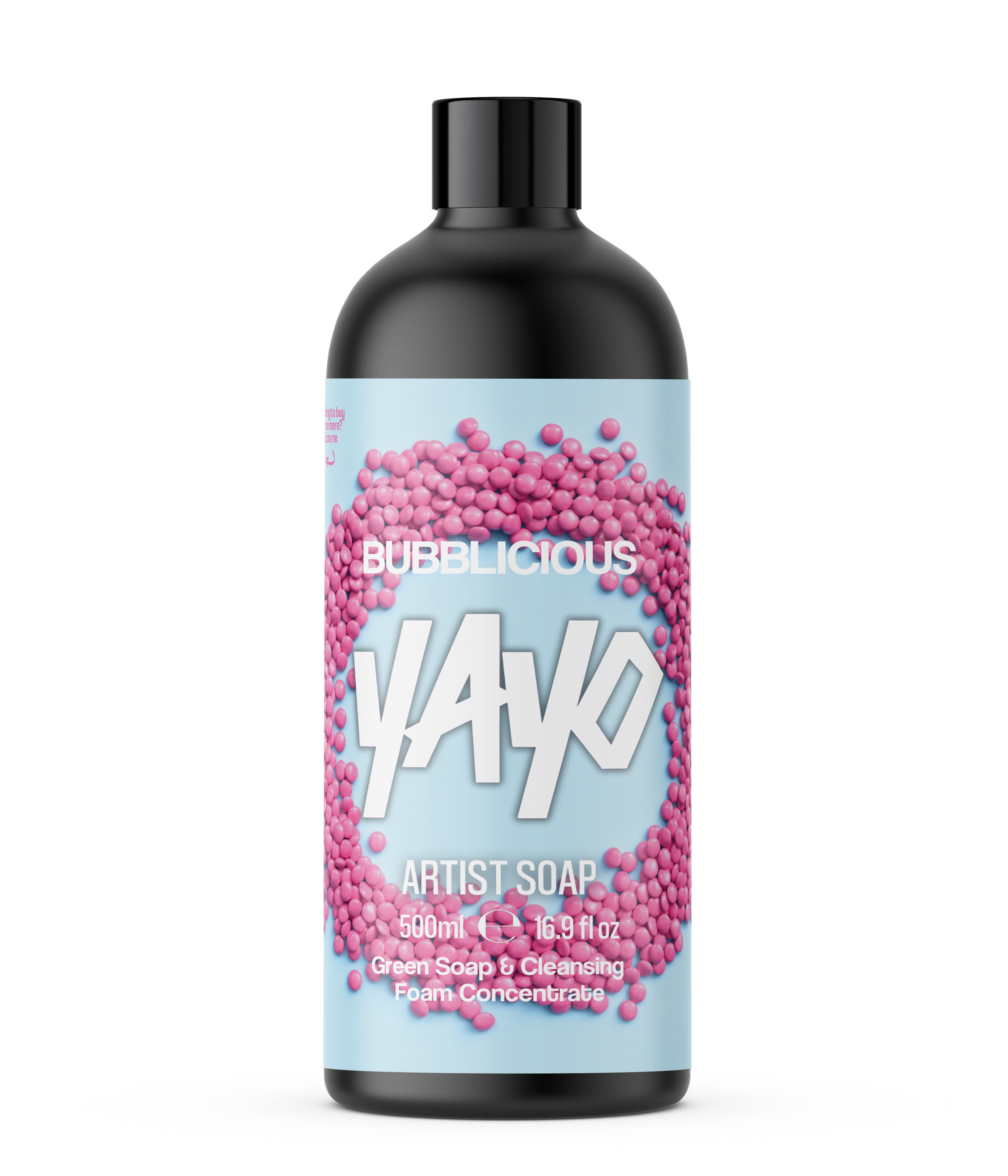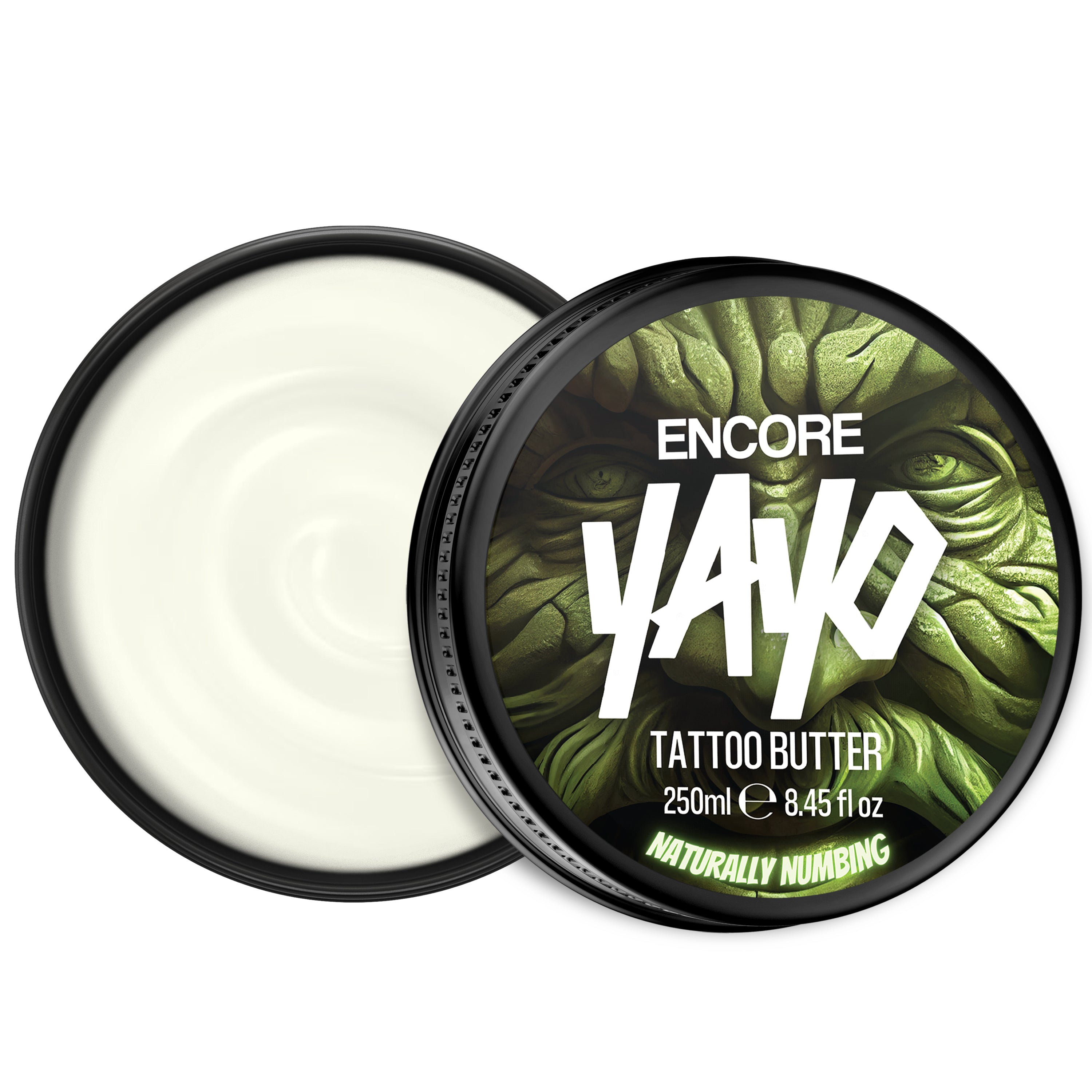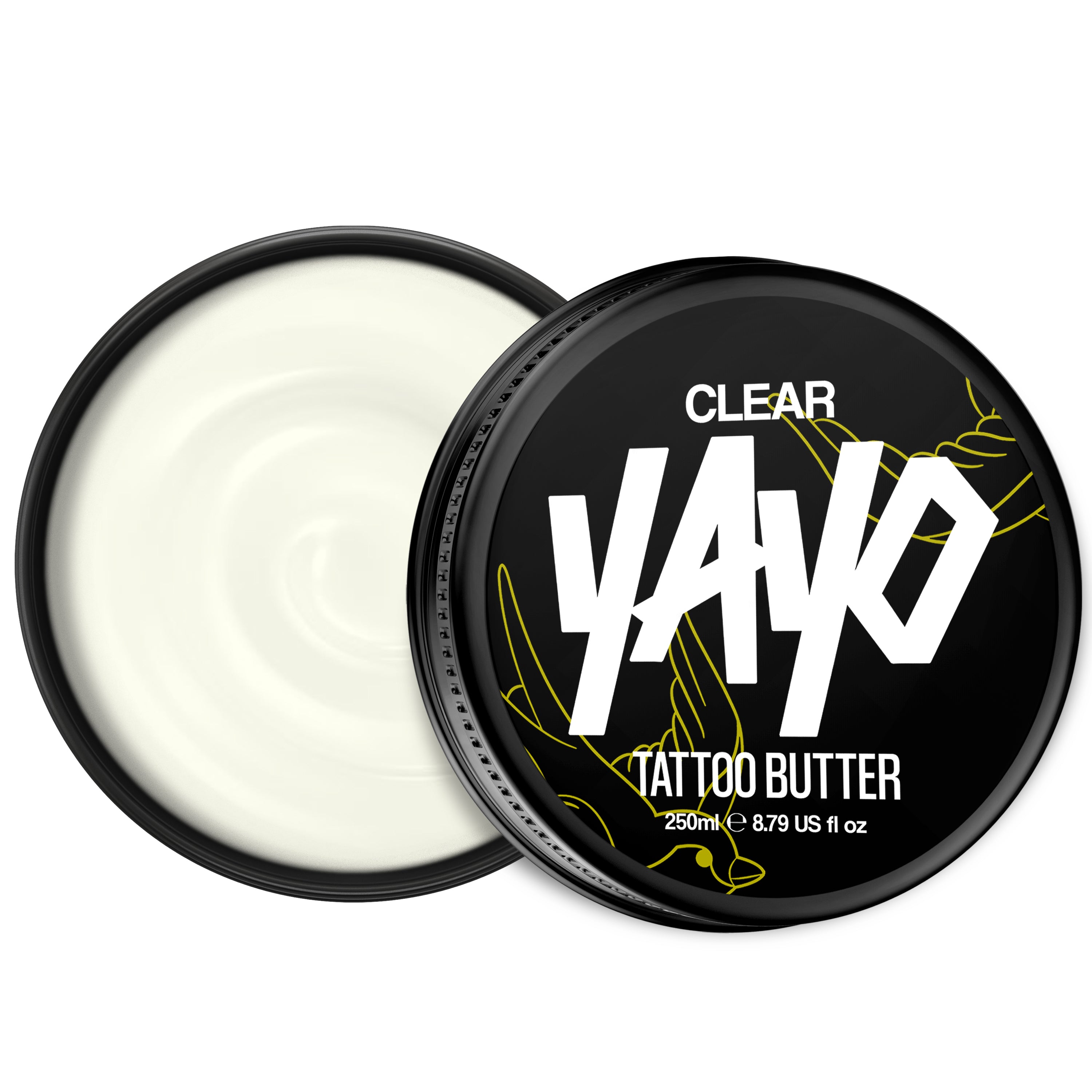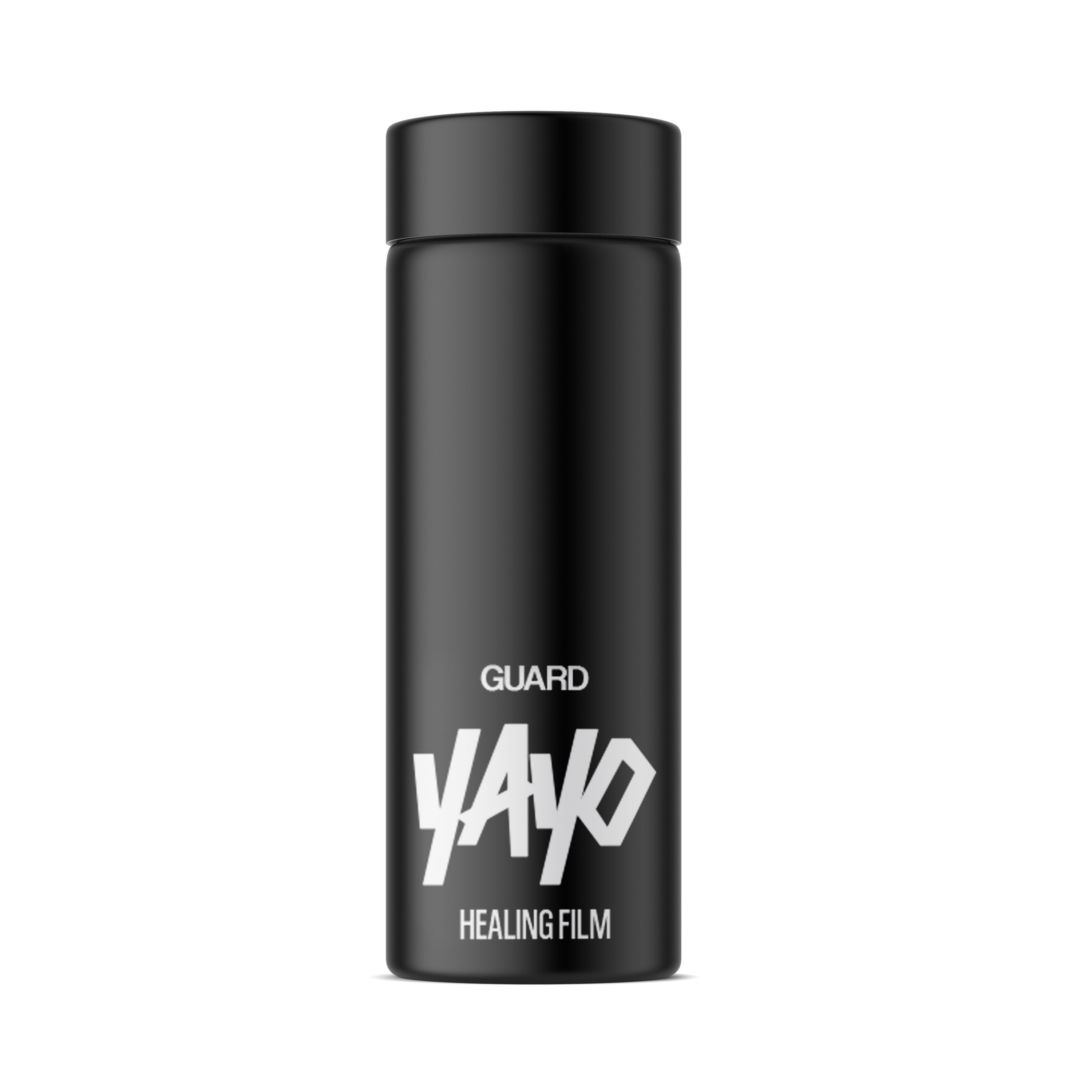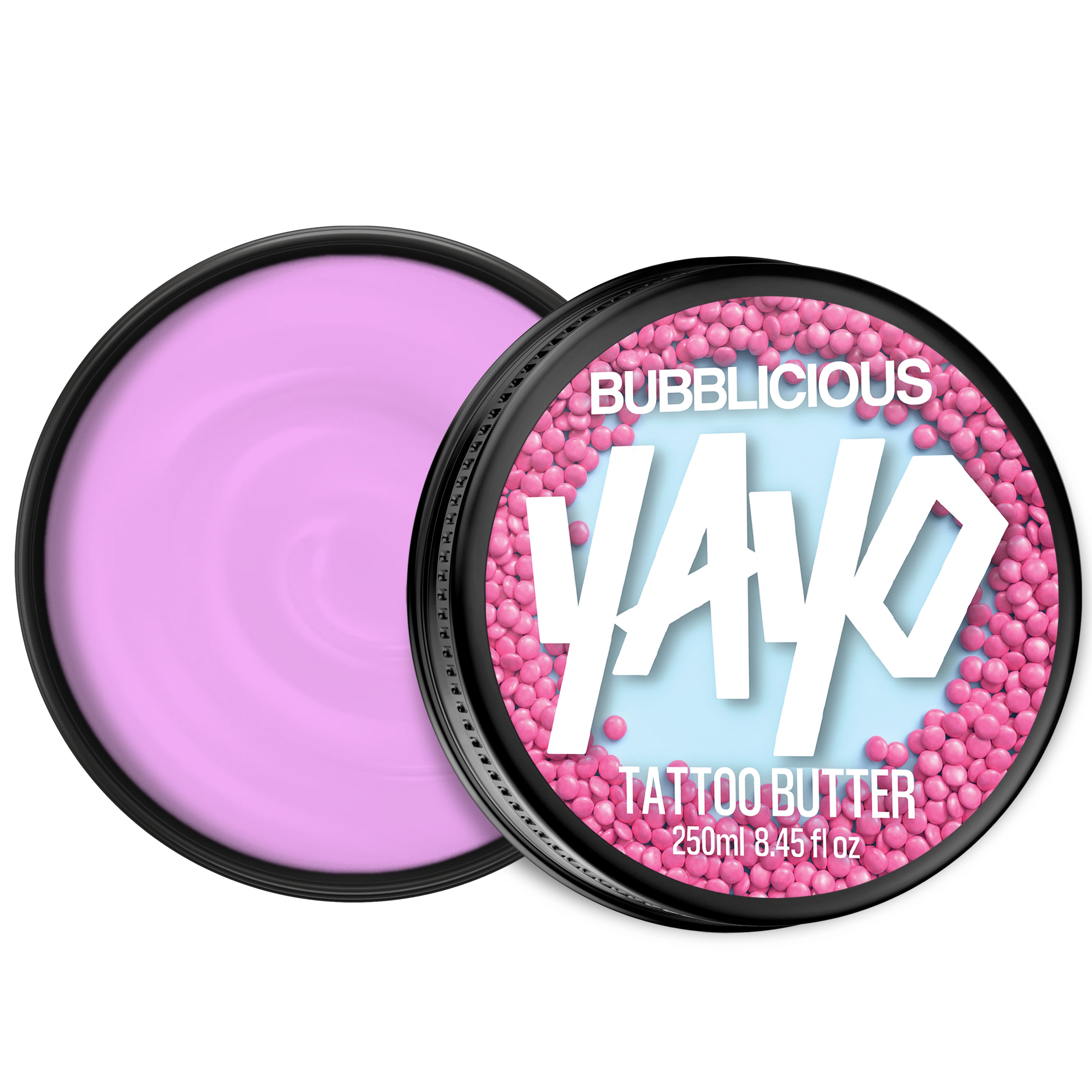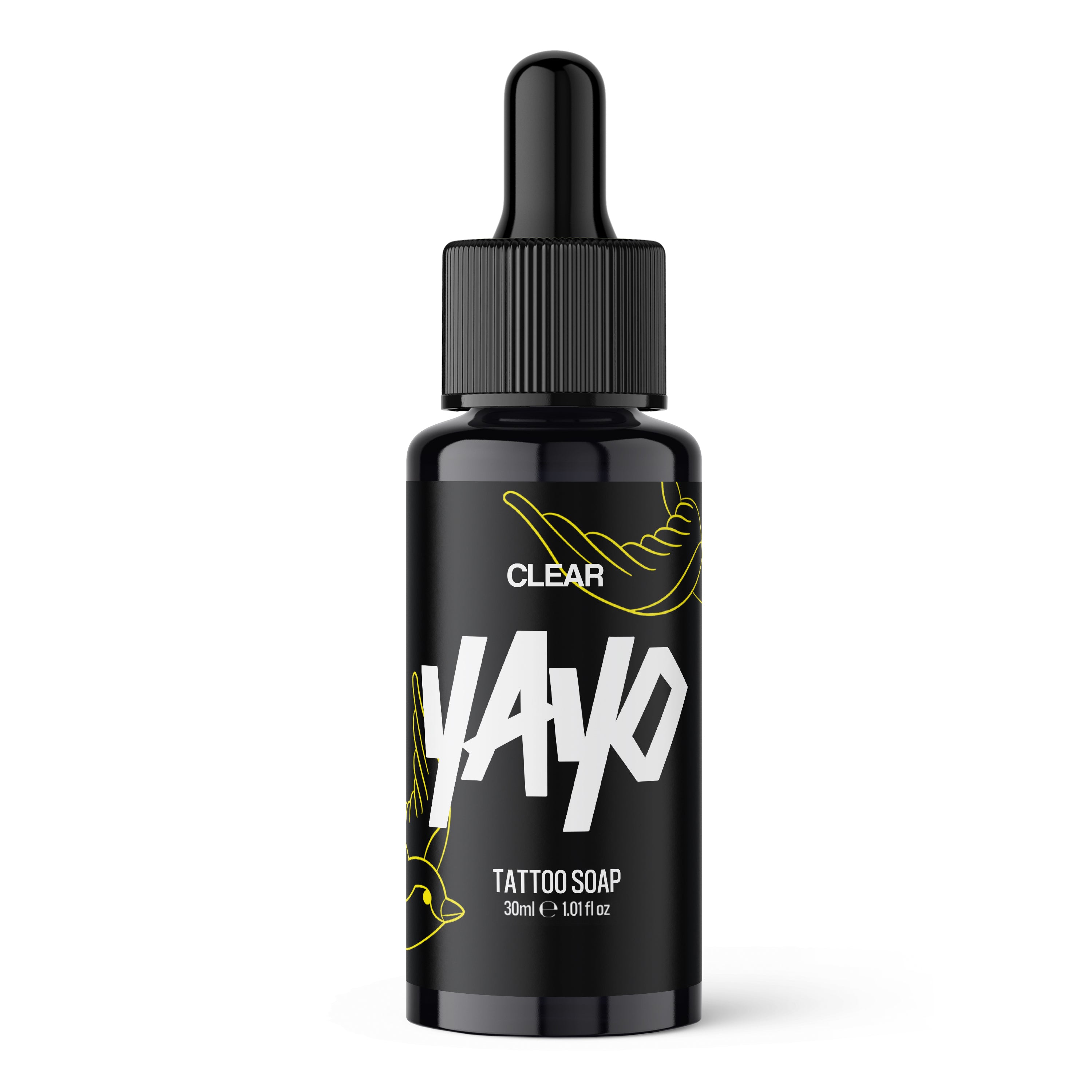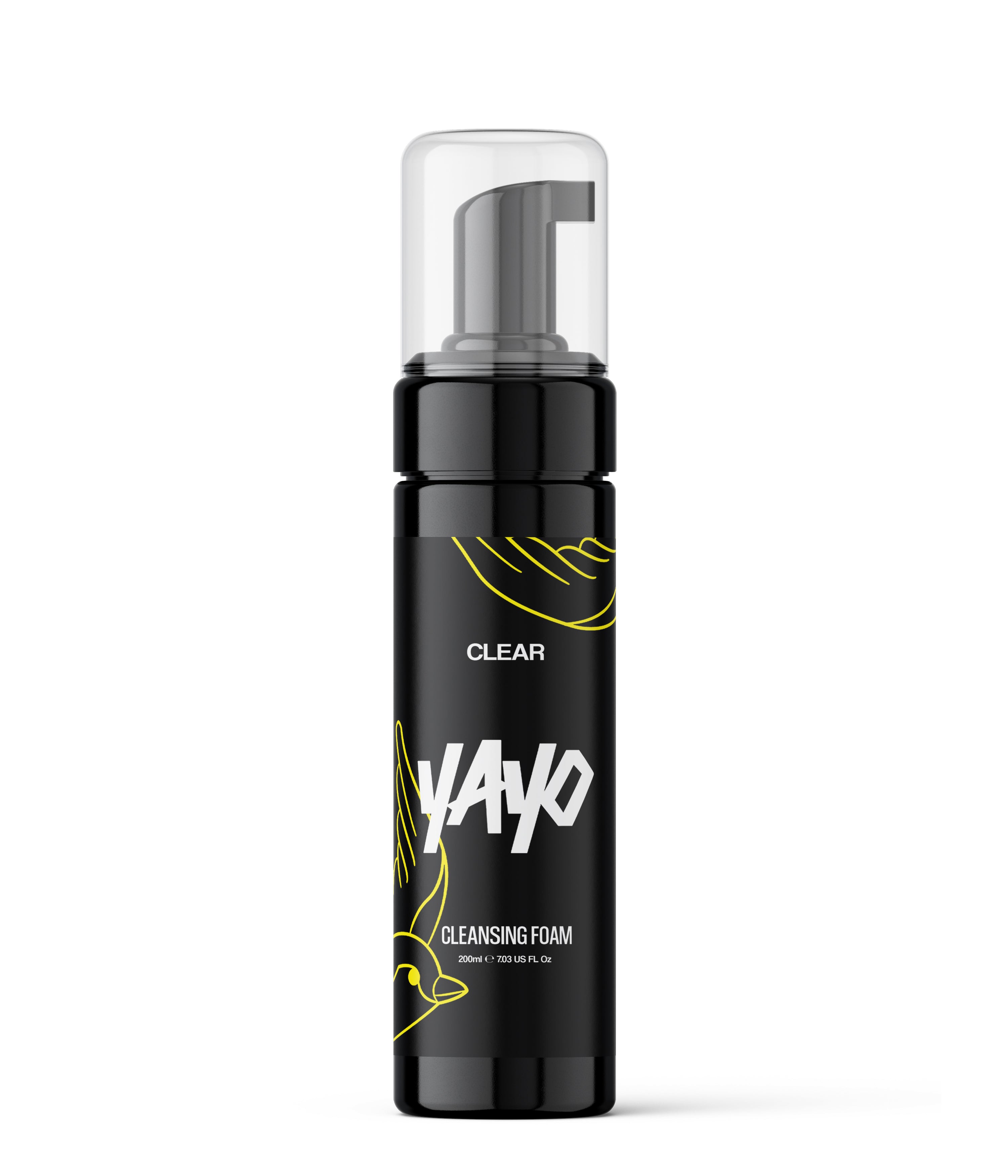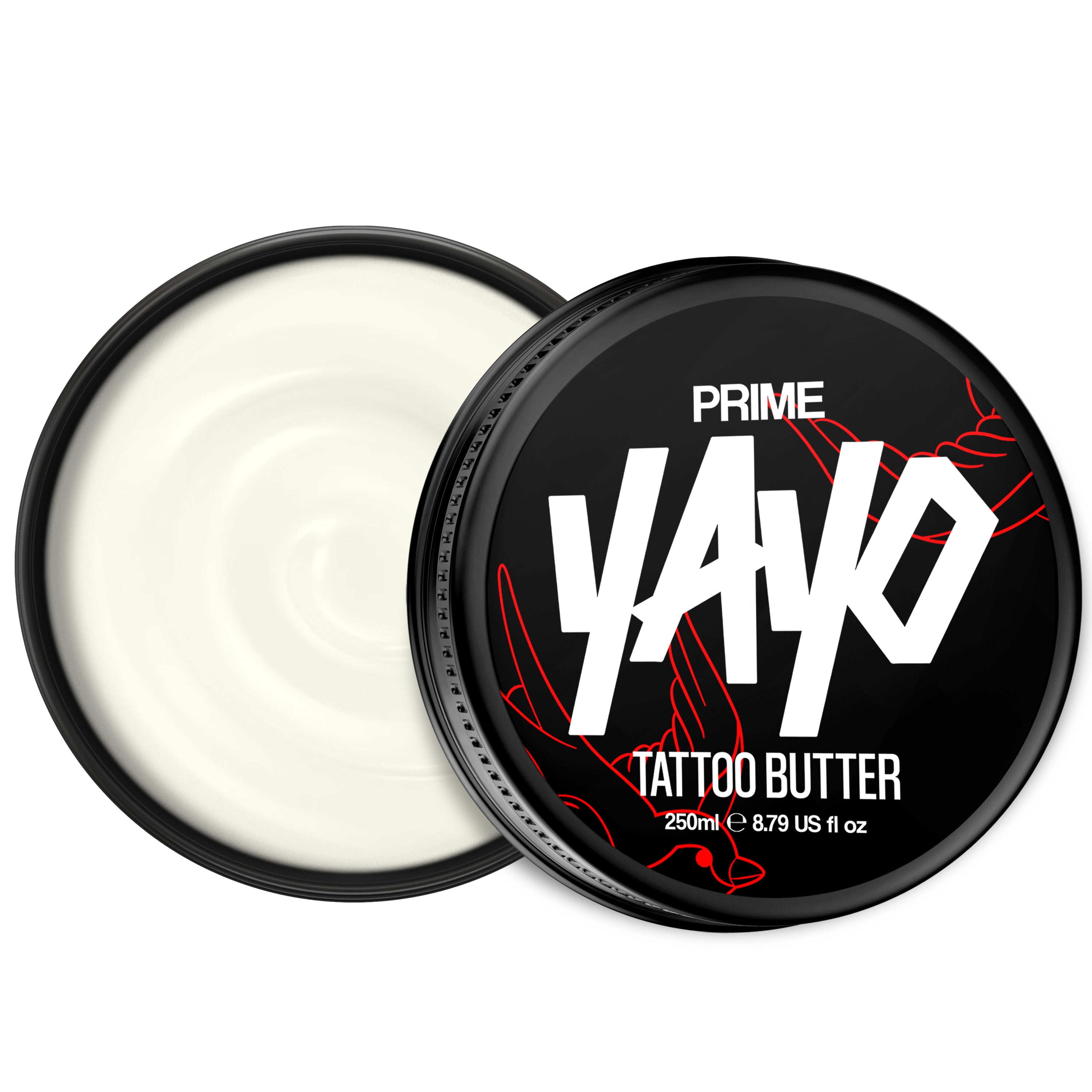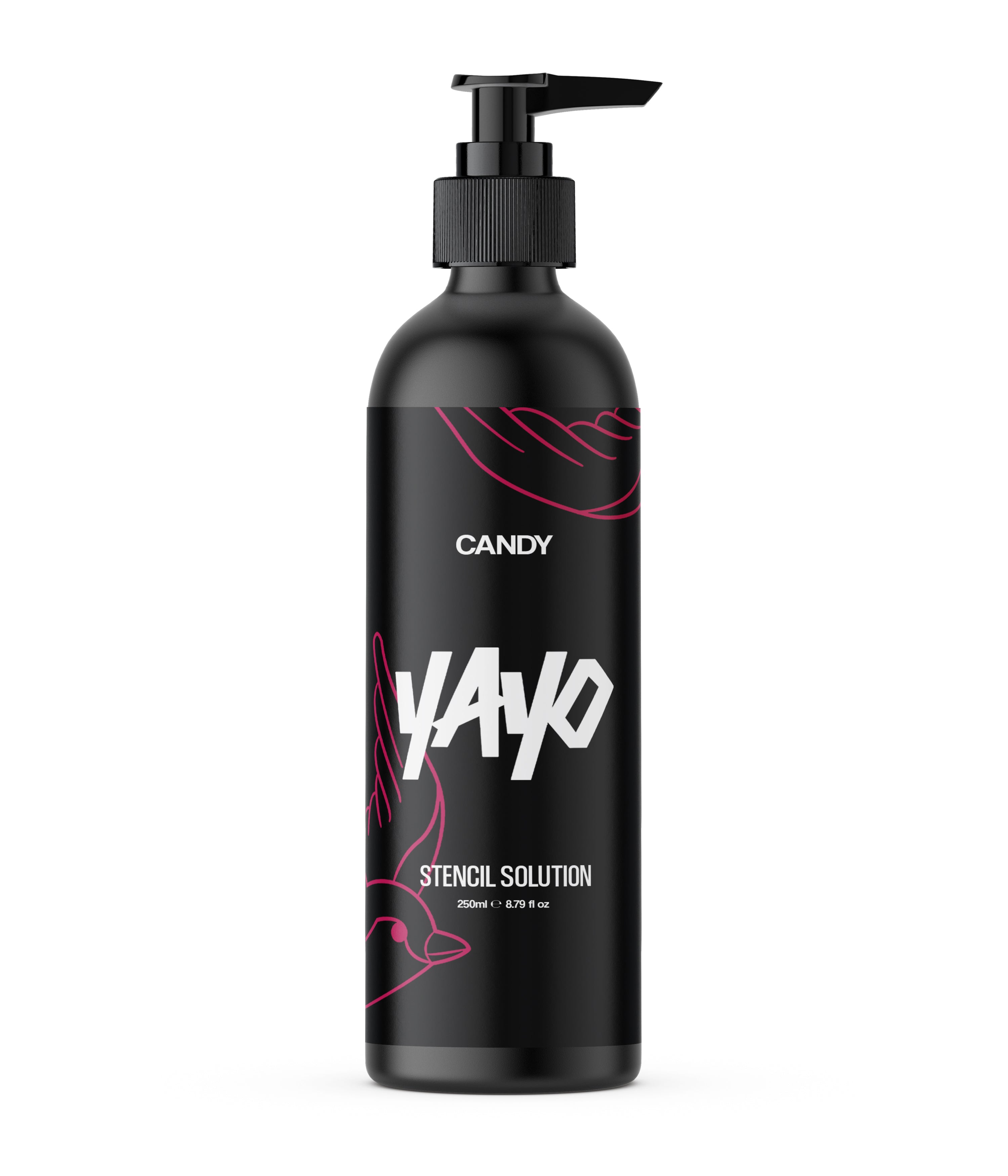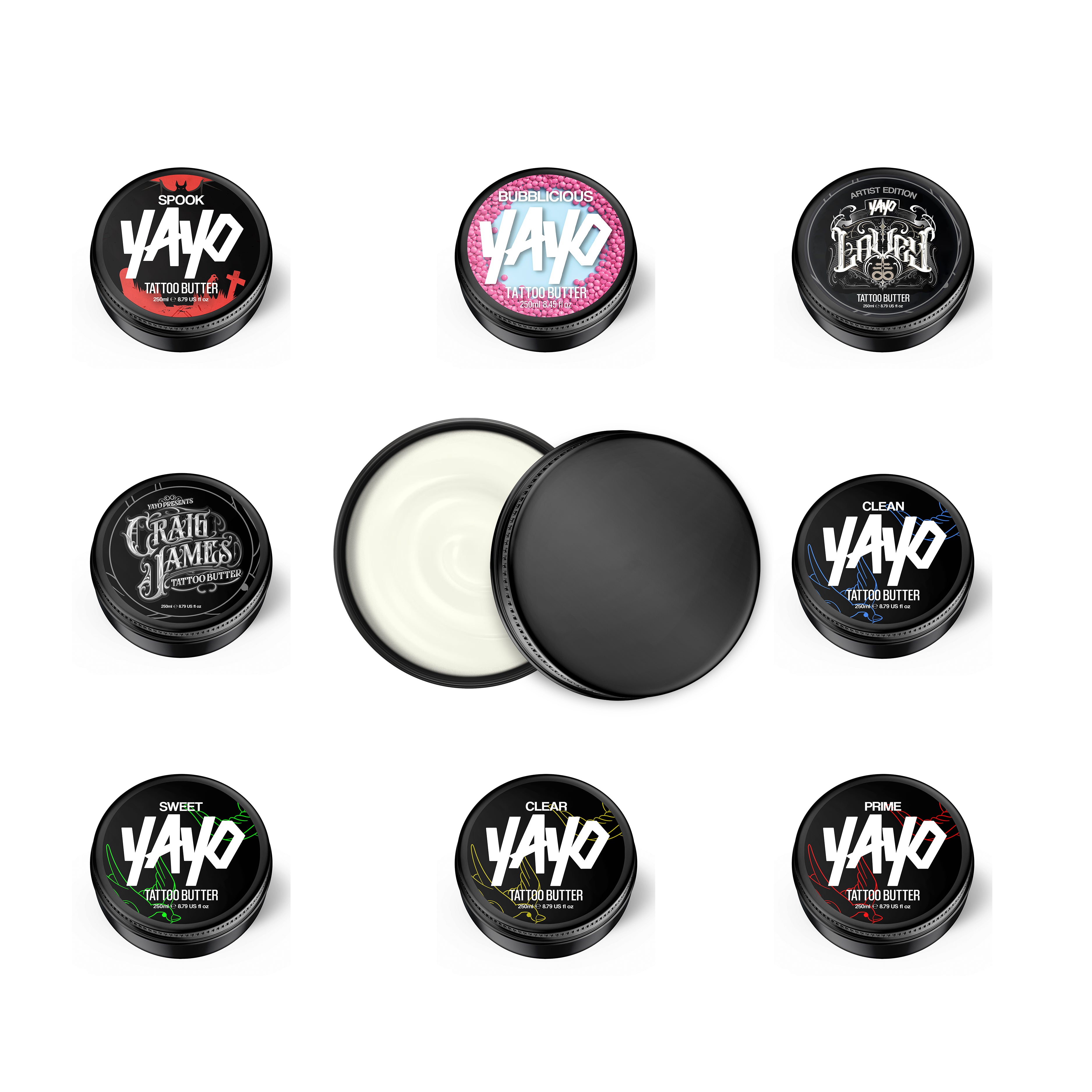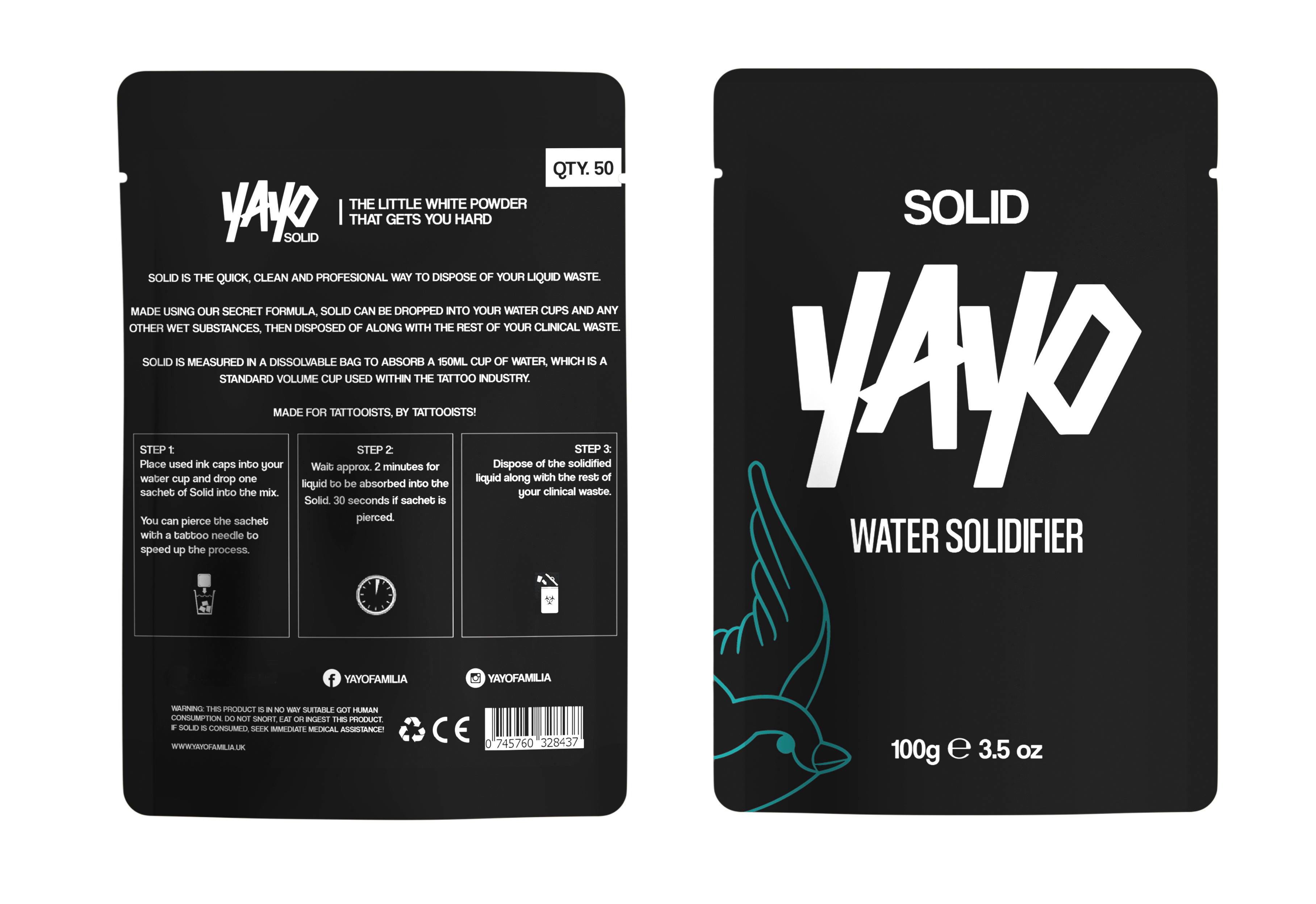Tattooing and self harm: What artists need to know.

Many of tattooing biggest critics insist that the art form is nothing more than a form of self harm. Is there any truth in this and can getting a tattoo be a sign of serious mental illness? Yayo talked to retired psychiatric nurse Tony Brown, to discuss the issues and look at the implications for tattooists.
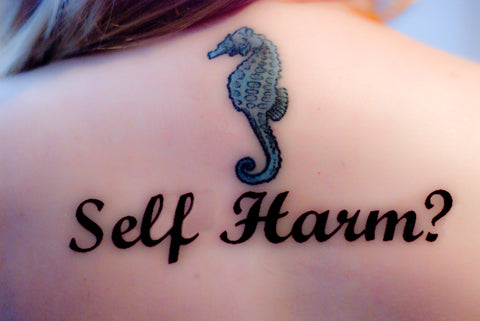
Tony qualified as a psychiatric nurse back in the 1970’s and has worked extensively in the UK and abroad. A specialist in psychosis and dementia care, he switched to being a counsellor once he retired from the NHS.
“Firstly, and let’s be clear on this, there is no one such thing as a typical person who self harms. It affects people of all ages and backgrounds. In my experience self harm appears to be a ‘release’ from psychological and emotional pressure as there is control in the action and the individual’s control means that they can determine the degree of release. The ‘pleasure’ boundaries are extended through the pain barrier because of the sense of fulfilment, thus increasing a person’s self-esteem and ability to be in control of their own emotional lives. It can be perceived as a form of self punishment as well as a method of controlling one's life, when it feels that there is no control due to external pressures.”
"Tattooing is about individual motivation, communication and expression."

I ask what the difference is between getting a painful tattoo and utilising tattooing as a form of self harm. Tony is adamant there is a difference.
“Tattooing and piercing give a person self-worth either in their own eyes or in the eyes of their particular group. 'Look at me' can be the consequence of obvious and publicly displayed tattoos and piercings. They are noticeable and make a statement especially if displayed in strategic places as the head face, hands and neck: they surely do get noticed! Tattooing is about individual motivation, communication and expression. Self harm is a destructive act, body art is a creative act; for me that is the dividing line.”

So tattooing isn’t self harm but getting a tattoo can be self harm; it’s a subtle but definite difference. In Tony’s experience it’s an under researched field.
“It’s definitely an area where more research is needed. Tattooing and piercings can be painful and remain painful for hours if not days. There is always the chance of infection which will extend the period of pain and discomfort. The tattooist performs the act and the rationalised individual does not carry the guilt of that act yet bears the pain and discomfort and therefore they absolve themselves of any guilt whilst controlling the situation. It becomes a socially acceptable vehicle of self-harm. The process becomes important, the act of tattooing and piercing, as the pain and discomfort produced helps rationalise away any guilt as the proxy act absolves the self-harmer of responsibility.”
“I once nursed a man who had switched from cutting himself to tattooing as a form of self harm. He preferred tattooing as cutting had resulted in ugly scars and bad infections which needed medical treatment. He had adopted tattooing as a more hygienic and less damaging form of inducing pain. I don’t think his tattooist ever knew his real motivation for all the work he was getting done.”
“To increase self esteem and to influence the response of others, individuals often take tattooing and piercing to the extreme."

The subtlety of the distinction between art and harm is such that people can take what is perceived as a negative and turn it on its head. Tony believes there is a ritual element to some peoples self harm that can find a home in the body modification process.
“To increase self esteem and to influence the response of others, individuals often take tattooing and piercing to the extreme. My only experience is of people on the gay scene whose esteem is low and piercing in particular enhances the individual’s already vulnerable self to a positive level. The use of Prince Albert rings is common in gay men. This may be a form of self harm and mutilation with the usual control triggers and enhanced satisfaction as the outcome. Once again the self-harmer passes on the responsibility for the act. They become part of the ritual and make the sacrifice rather than the one wielding the sacrificial blade.”

I ask Tony what his advice would be if a tattooists suspects a customer is experiencing mental illness.
“Don’t tattoo them, is the simple answer. When in doubt be honest with the person and explain your reasons for refusing, or just refuse without reason or excuse as it is your business; because you don’t have to give reasons. One lost customer is better than a lost reputation or litigation. Always be the professional."
“A person with body dysmorphic disorder may believe that their body is not right or that they are ugly."

In extreme cases of body modification, like Zombie Boy Rick Genest, people have major surgery, tattooing and body modification to alter their image and identity. In other cases people have the desire to remove body parts or even whole limbs. Some have interpreted such cases as examples of body dysmorphic disorder. I ask Tony what advice would you give to tattooists who feel a client is taking their interest too far and displaying signs of the condition.

“A person with body dysmorphic disorder may believe that their body is not right or that they are ugly. They will go to great lengths to alter that body so that their perception of self is enhanced. We all have such a perception be it legs, eyes, big ears, wrinkles and the joke of jokes, ‘Is my bum too big in this?’ It is often difficult to change a person’s view of self and body dysmorphic disorder is even more difficult to shift. It is beyond just not being satisfied with your appearance; it is delusional and cannot be easily shifted. For example someone may have a small nose by society's standards but they may see themselves as having a huge nose and obsess about it. In such cases, surgery after surgery does not fix the problem no matter how small their nose becomes; think Michael Jackson.”

“A tattooist needs to be aware of the returns for work and the whys. Believe me it soon becomes obvious when an individual’s reasoning for tattooing is grossly psychological. As in any service provision, get to know your customer. I read of an individual who felt that their nose was too big and had extensive tattooing of the head to distract attention away from their nose. They felt better for this but the social backlash negated any perceived improvement as they came too see themselves as a tattooed freak. Pushing down neurosis in one area just pushes up in another.”
"A skilful artisan tattooist can definitely undo much of the consequential scarring of self-harm."

Mental health can be linked to poor self esteem. I round up by asking Tony if can tattooing be part of building positive self esteem such as having work done to cover up self harm scars.
“A skilful artisan tattooist can definitely undo much of the consequential scarring of self-harm especially in later years and once the individual has developed some control in their lives. As a person matures then the emotional pressures of youth diminish with a wish to 'start again'. The skill of the tattooist can resolve much of the trauma of, let's say, youth by the elimination of the scars which are the visible consequence of their actions of self harm. There are many artisan tattooists who perform work equal to any cosmetic surgeon yet who are totally unaware of this. These artisan tattooists perform a valuable service in a socially acceptable manner without resorting to medicalising the process. Healing is not confined to the NHS. In many ways life is a constant cycle of damage, healing, growth and renewal. Tattooing plays an important symbolic role in these cycles.”

“What people have to remember is that tattooing is as old as art itself and is part of the human process. People were tattooing long before a brush was applied to canvas. Yes sometimes it is misused as a form of self harm, but in the vast majority of cases it is a celebration of being human not an act of self destruction.”

A final thought from the author: "Over the years I've met some fantastic tattooists who have done brilliant work covering up self harm scars. It's a real tribute to those artists that they can help a person heal, both outside and in, and turn something that is a painful memory, into a beautiful work of art. Thanks to Kirk and the Yayo team for letting me write this piece. If you are struggling with your mental health there is always someone to listen at The Samaritans; call 116 123."
Yayo, be part of the family!

Words by Matt Haddon-ReichardtImages by MNHR, Yayo and NHS England

